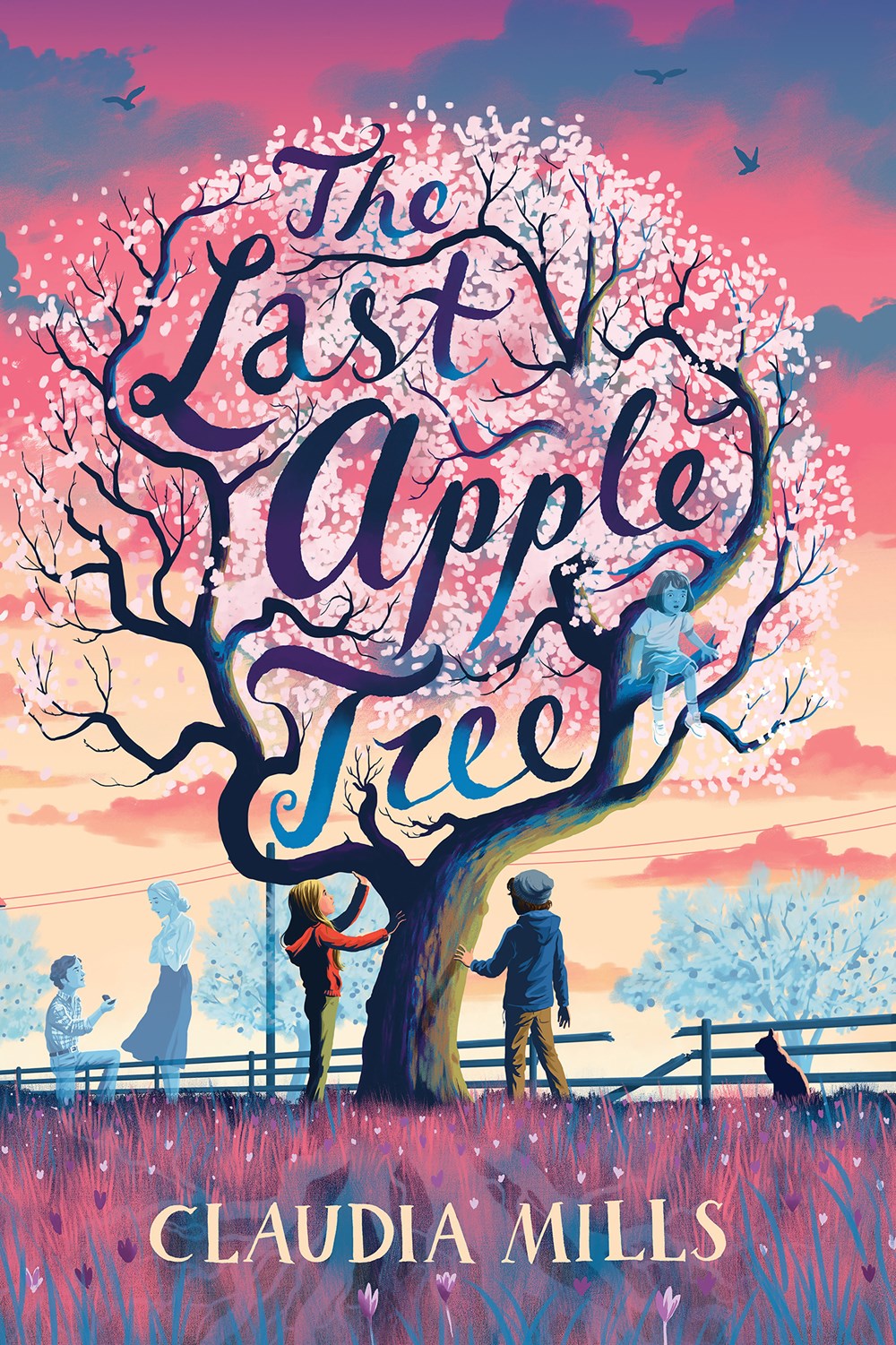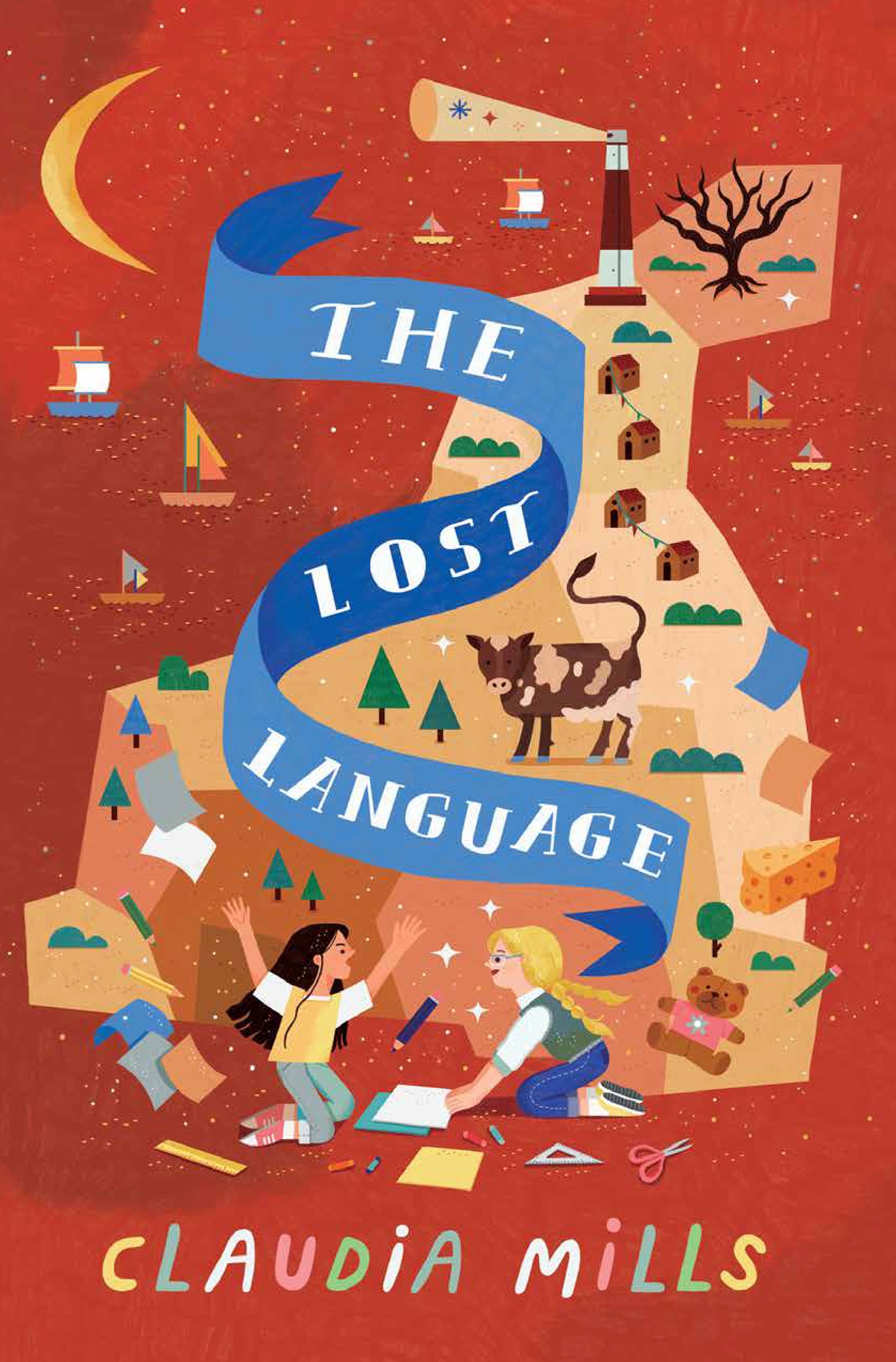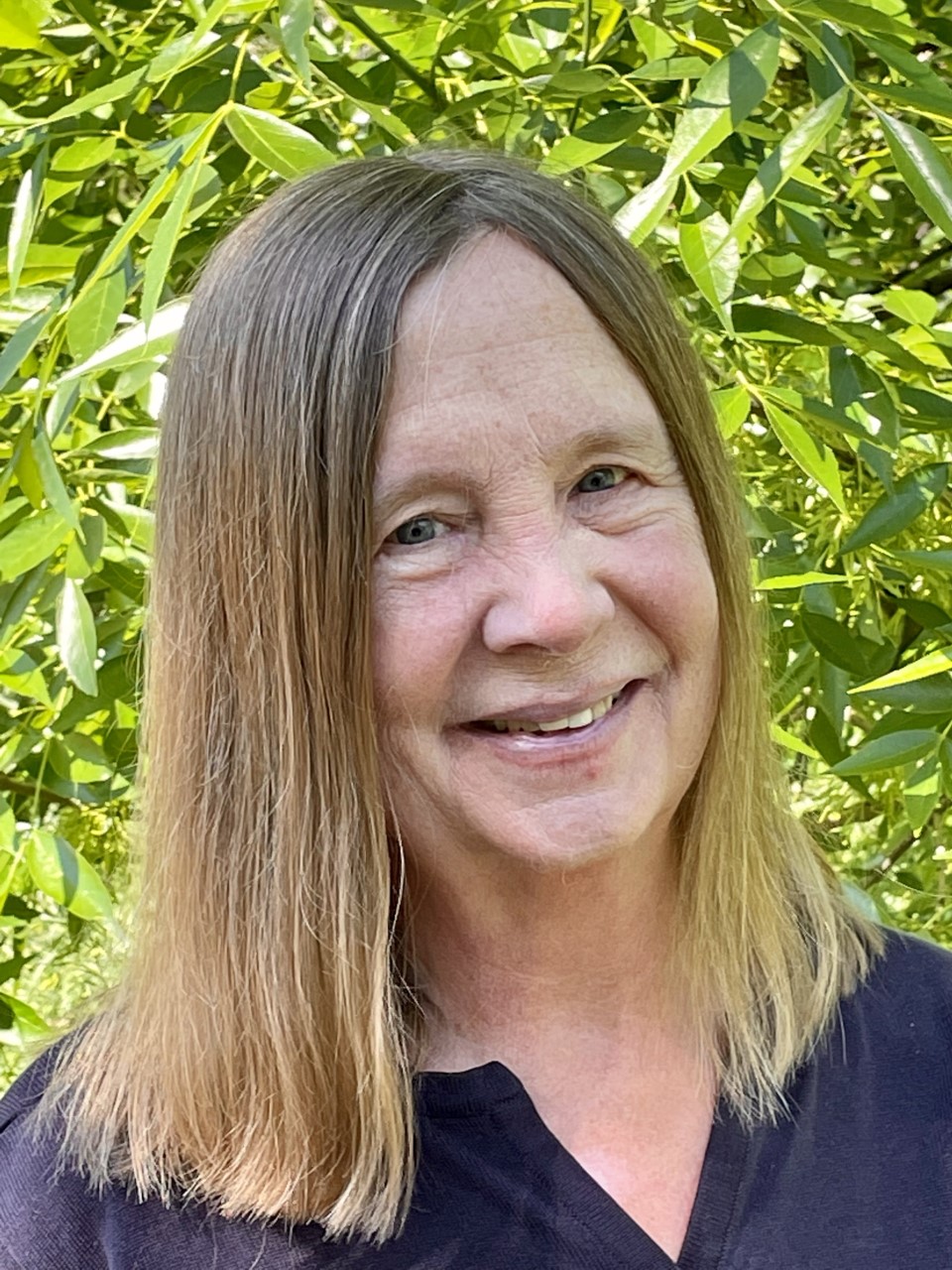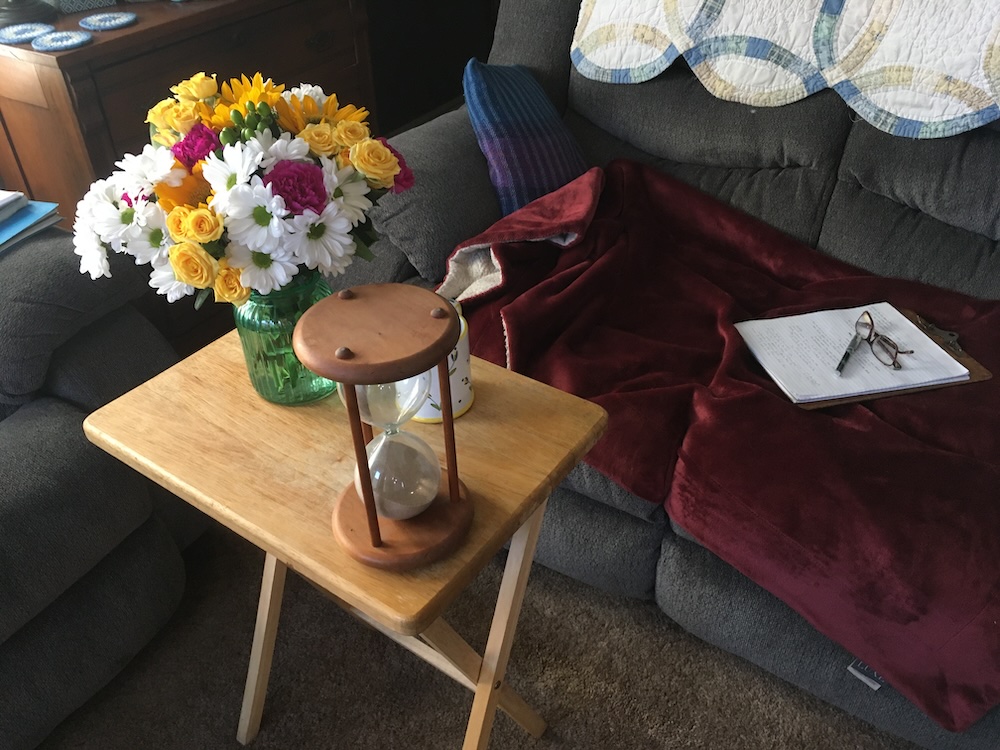
Hmm.
I clipped the article and taped it in a notebook where I mean to keep ideas for possible books but somehow never get around to it, and if I do save them, never remember to do anything with them.
But this article, clipped by happenstance, years later became the seed of The Last Apple Tree. The book stars an heirloom apple tree, lone survivor of a vanished orchard, and two seventh graders, a boy and a girl, who uncover its secrets while interviewing her grandfather for a school oral history project.
Of course, in the process of groping toward the actual story, I had to come up with secrets for the tree, and tensions between the boy and the girl, and between the boy and his environmental activist father. I had to come up with a character arc for the girl, who wants to protect her widowed grandfather from losing himself in the griefs no one in her family is willing to talk about.
There would be poems, I decided, from the point of view of the apple tree, scattered throughout the book. My previous book for young readers, The Lost Language, was my first novel in verse, and I found I adored that literary form. But I didn’t want to write two verse novels in a row. No, this book would have standard prose book chapters, alternating between the viewpoints of the boy and the girl. But poems from the tree would give me a chance to indulge my love of writing poetry and contribute a third viewpoint, the most important of all.

Here's a photo of Claudia and her favorite writing spot, where she writes for at least an hour a day!



No comments:
Post a Comment